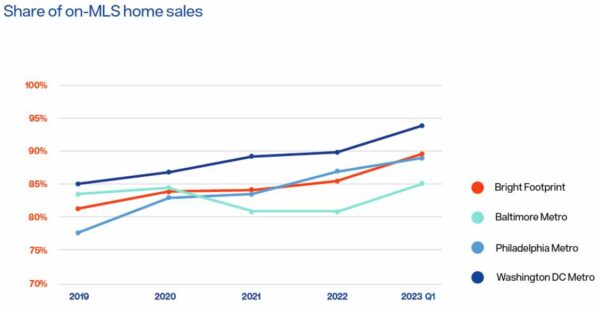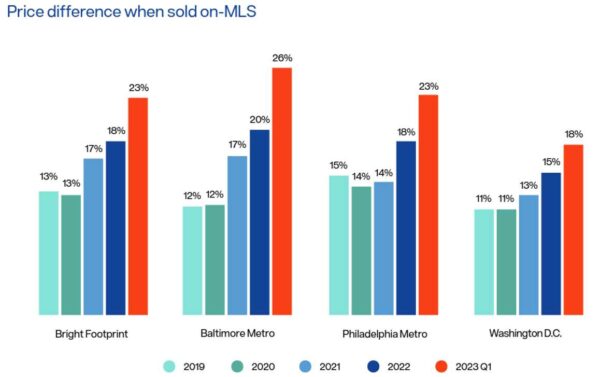This regularly scheduled sponsored Q&A column is written by Eli Tucker, Arlington-based Realtor and Arlington resident. Please submit your questions to him via email for response in future columns. Video summaries of some articles can be found on YouTube on the Eli Residential channel. Enjoy!
Question: In the six months since Arlington passed Missing Middle, what have you seen and what do you think of it?
Answer: It’s been about six months since Arlington passed the Expanded Housing Options (EHO) aka Missing Middle (MM) zoning changes, allowing the construction of 2-6 unit properties on lots that were previously zoned exclusively for single-family homes. There has been much excitement and angst about it changing the fabric of our community, but it seems to me that the outcome will be much milder than many people expect. Unfortunately (or not?), it seems like it won’t go far enough to make the proponents happy but goes far enough to make the opponents angry.
For those who want more of an introduction to Missing Middle, you can read my initial thoughts on MM from March. This week, I’ll share an assortment of thoughts and observations I’ve gathered over the last few months while I try to better understand what MM means for Arlington. I’ll caveat the entire column saying that MM is all very new, very much undeveloped, and we probably won’t understand where and how it will be most utilized for another 4-5 years.
Don’t Expect Floodgates to Open
More than a dozen Missing Middle applications were submitted during the first week the County opened applications (on July 1), but according to Arlington’s application tracker, there are currently 22 applications submitted and under review and 5 applications approved. I consider this to be a modest pace of applications, suggesting there’s not a huge appetite yet to build Missing Middle. I’ve run at least a dozen scenarios with builders and architects and have mostly found that the numbers don’t make sense or that the margins are too tight to justify given the risk of the unknowns (outsale prices/demand, permits, lawsuit, etc).
Initially, I expected MM to add significant value to many older, smaller Arlington homes right away and cause a bit of a frenzy in the marketplace. The limitations of the new zoning code coupled with uncertainties about market demand for MM products and the County’s permit process seem to have kept, from my observations, developers and investors from paying a premium for tear-down homes intended for Missing Middle development (the pending lawsuit is also a significant factor).
Based on my conversations, it seems that the approach many are taking is to apply a similar valuation to an acquisition as they would for single-family development so there’s a safe exit if the Missing Middle project doesn’t work out or the lawsuit prevents further development. Each investor will evaluate potential MM deals differently, but it seems unlikely, for now, that we’ll see a frenzy of buying at a premium over previous tear-down valuations. There will of course be exceptions for certain lots that set-up perfectly for MM.
Applications Don’t Mean Much
So far, all we’ve seen are applications for Missing Middle construction not actual construction, but it’s important to understand that applications, even the five approved applications, are a small first step towards delivering a Missing Middle project. The County does not charge an application fee and the requirements for an application are simple:
- Floor plans
- Building elevations
- Existing property plat and building location survey
- Proposed property plat and building location survey
- Landscaping and/or tree preservation plans
I think that many approved applications won’t get any further, especially after going through Arlington’s ever-changing Land Disturbance Activity (LDA) and Stormwater requirements (this comes after the MM application gets approved), which adds a lot of cost and complexity to construction projects in Arlington and hamper profitability.
I also wouldn’t be surprised if a lot of the owners are hoping to sell their home with an approved Missing Middle application and set of plans, but don’t intend on actually building it themselves. That means they may not have done a true cost/profit analysis to determine if MM is financially viable or more profitable that a single-family development, so they might not get built.
One question I have for the County is that, given the limits on the number of applications they’ll allow each year, how will they clean out the application pool of applicants who decide not to build, sit on their application, or get stuck in the application process?




















